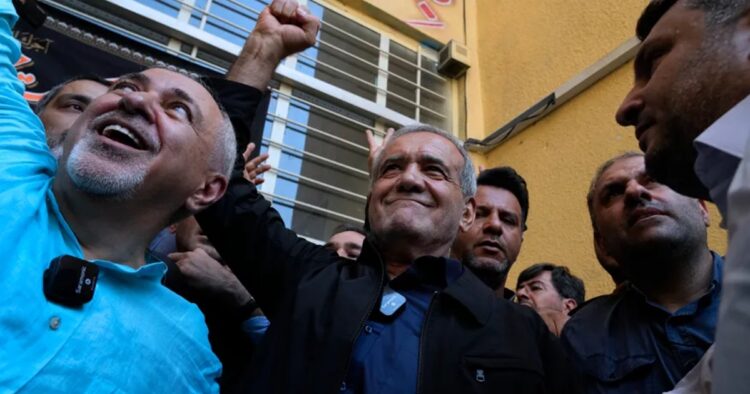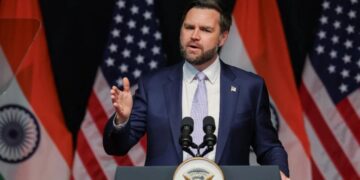Masoud Pezeshkian, a reformist candidate, won Iran’s presidential election in a runoff against hard-liner Saeed Jalili. Pezeshkian promised to reach out to the West and relax the enforcement of the mandatory headscarf law. He won 16.3 million votes compared to Jalili’s 13.5 million, with a total of 30 million people voting. This election had a low turnout of 49.6%, indicating public dissatisfaction.
Celebrations and Challenges
Supporters of Pezeshkian celebrated in the streets of Tehran and other cities as his lead became clear. Pezeshkian, a heart surgeon and longtime lawmaker, faces challenges despite his victory. The Iranian government is still dominated by hard-liners, and the country is dealing with regional tensions, especially the ongoing Israel-Hamas war and fears over Iran’s nuclear program.
The first round of voting in June had the lowest turnout since the 1979 Islamic Revolution. Iranian officials have emphasized voter turnout as a sign of support for the country’s theocracy, but the low participation rate suggests widespread discontent. The election saw a significant number of voided votes, indicating protest from those who felt obligated to vote but did not support either candidate.
Regional Tensions and Nuclear Concerns
Iran’s regional tensions are high, particularly with its first-ever direct attack on Israel in April over the Gaza war. Iran is also enriching uranium at near-weapons-grade levels, raising international concerns. Supreme Leader Ayatollah Ali Khamenei remains the final decision-maker, but Pezeshkian’s presidency could influence Iran’s foreign policy direction.
The campaign frequently addressed what would happen if former President Donald Trump, who withdrew the U.S. from the Iran nuclear deal in 2018, won the upcoming November election. While indirect talks have been held with President Joe Biden’s administration, there has been no significant progress in constraining Iran’s nuclear program in exchange for lifting sanctions.
ALSO READ: “Iranians Vote in Presidential Election Run-Off: Reformist vs. Hardliner”
Pezeshkian’s Stance and Background
Though Pezeshkian identifies with reformists, he has shown support for Iran’s Revolutionary Guard, wearing its uniform to parliament and praising it for shooting down an American drone in 2019. This mixed stance indicates his need to navigate Iran’s complex internal politics carefully.
The late President Ebrahim Raisi, who died in a helicopter crash in May, was a potential successor to Khamenei and known for his role in mass executions in 1988 and crackdowns on dissent following protests over Mahsa Amini’s death in 2022. The election of Pezeshkian marks a significant moment in Iran’s political landscape amidst ongoing economic sanctions, protests, and regional conflicts.

















Comments